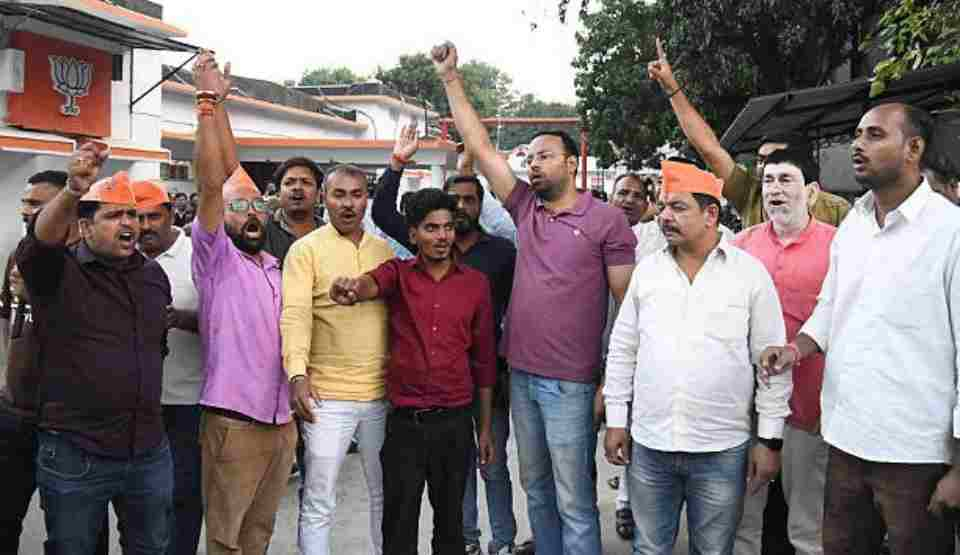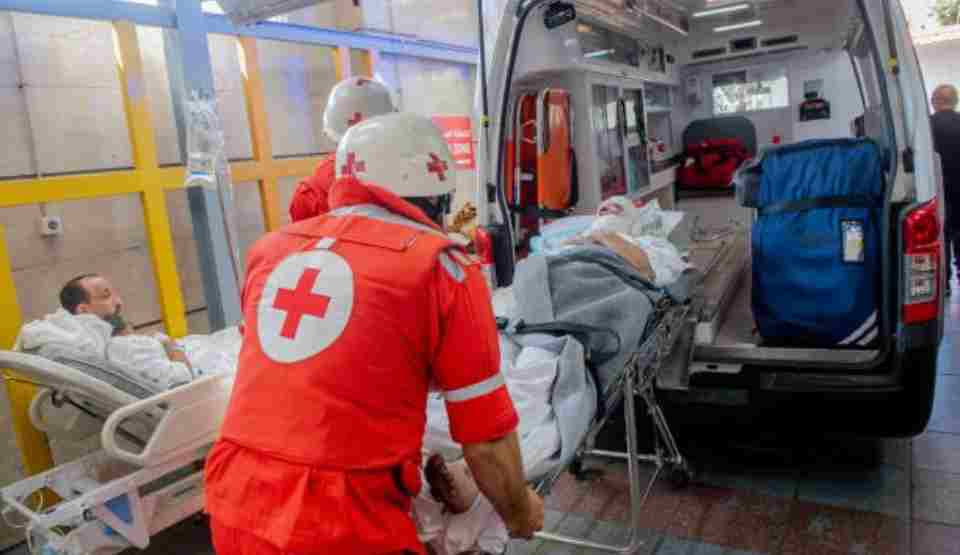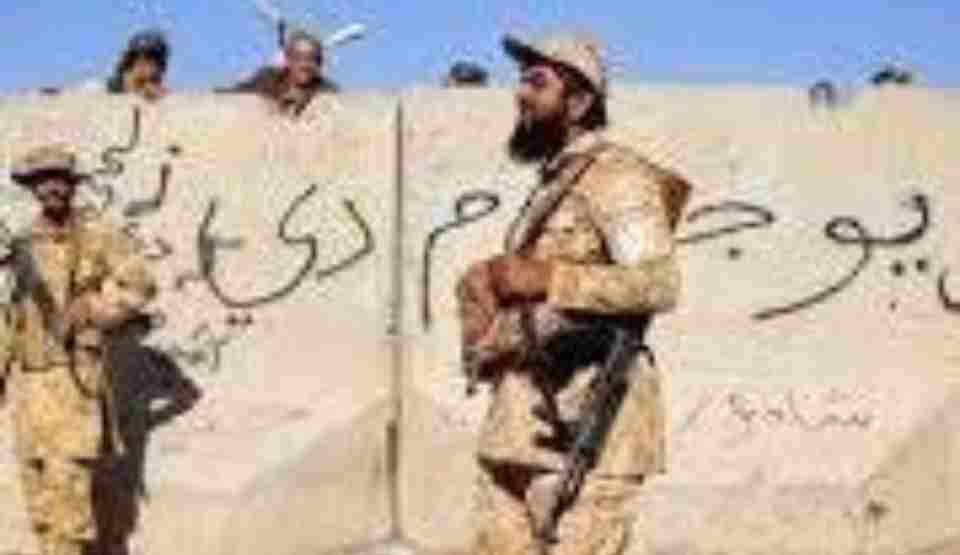The first phase of Bihar’s 2025 assembly elections witnessed voting across 121 of the state’s 243 constituencies on Thursday, marking a significant three-way electoral battle. The contest primarily features the ruling National Democratic Alliance (NDA) led by the BJP and Janata Dal (United), the opposition Mahagathbandhan (Grand Alliance) spearheaded by the Rashtriya Janata Dal and Indian National Congress, and the debutant Jan Suraaj Party led by political strategist Prashant Kishor. Voting commenced at 7:00 am and wrapped up at 6:00 pm.

Voter Turnout
According to Election Commission data, the first phase recorded an overall voter turnout of 64.6%. District-wise figures showed considerable variation, with Begusarai leading at 67.32% by 5 pm, while Sheikhpura lagged with the lowest turnout of 52.36%.
High-Profile Contests
The electoral landscape features several prominent candidates in closely watched races. Bihar Deputy Chief Minister Samrat Choudhary of the BJP is contesting from Tarapur, while RJD leader Tejashwi Yadav, the Mahagathbandhan’s chief ministerial candidate, is defending his Raghopur seat. His brother Tej Pratap is fighting from Mahua on a Janshakti Janata Dal ticket, BJP’s Maithili Thakur is in the fray from Alinagar, and JD(U)’s Anant Singh is contesting from Mokama despite being currently incarcerated in connection with the murder case of Jan Suraaj supporter Dularchand Yadav.
In Raghopur, Tejashwi Yadav faces BJP’s Satish Kumar, who previously defeated Yadav’s mother, Rabri Devi, from this constituency in 2010 while contesting on a JD(U) ticket.
Voting Coverage
Approximately 3.75 crore eligible voters decided the fate of 1,314 candidates across 121 constituencies spanning 18 districts. These districts include Patna, Darbhanga, Madhepura, Saharsa, Muzaffarpur, Gopalganj, Siwan, Saran, Vaishali, Samastipur, Begusarai, Lakhisarai, Munger, Sheikhpura, Nalanda, Buxar, and Bhojpur.
Voting took place at 45,341 polling stations, with 36,733 located in rural areas. The electorate included 10.72 lakh first-time voters.

Political Alliances
National Democratic Alliance (NDA): The ruling coalition comprises Nitish Kumar’s Janata Dal (United), the Bharatiya Janata Party, Chirag Paswan’s Lok Janshakti Party (Ram Vilas), Jitan Ram Manjhi’s Hindustani Awam Morcha, and Upendra Kushwaha’s Rashtriya Lok Morcha.
Mahagathbandhan (Grand Alliance): The opposition bloc includes the Rashtriya Janata Dal, Indian National Congress, Communist Party of India, Communist Party of India (Marxist–Leninist) Liberation, Communist Party of India (Marxist), and Mukesh Sahani’s Vikassheel Insaan Party.
Jan Suraaj Party: Making its electoral debut, Prashant Kishor’s Jan Suraaj Party has fielded candidates across all 243 assembly seats.
Electoral Statistics
- Of the 1,314 candidates, 122 were women and 1,192 were men
- The voter base of 3.75 crore comprised 1.98 crore male voters, 1.77 crore female voters, and 758 third-gender voters
- Among the 45,341 polling stations: 36,733 were rural, 8,608 urban, 320 were model polling stations, 926 were managed entirely by women, and 107 were operated by persons with disabilities






